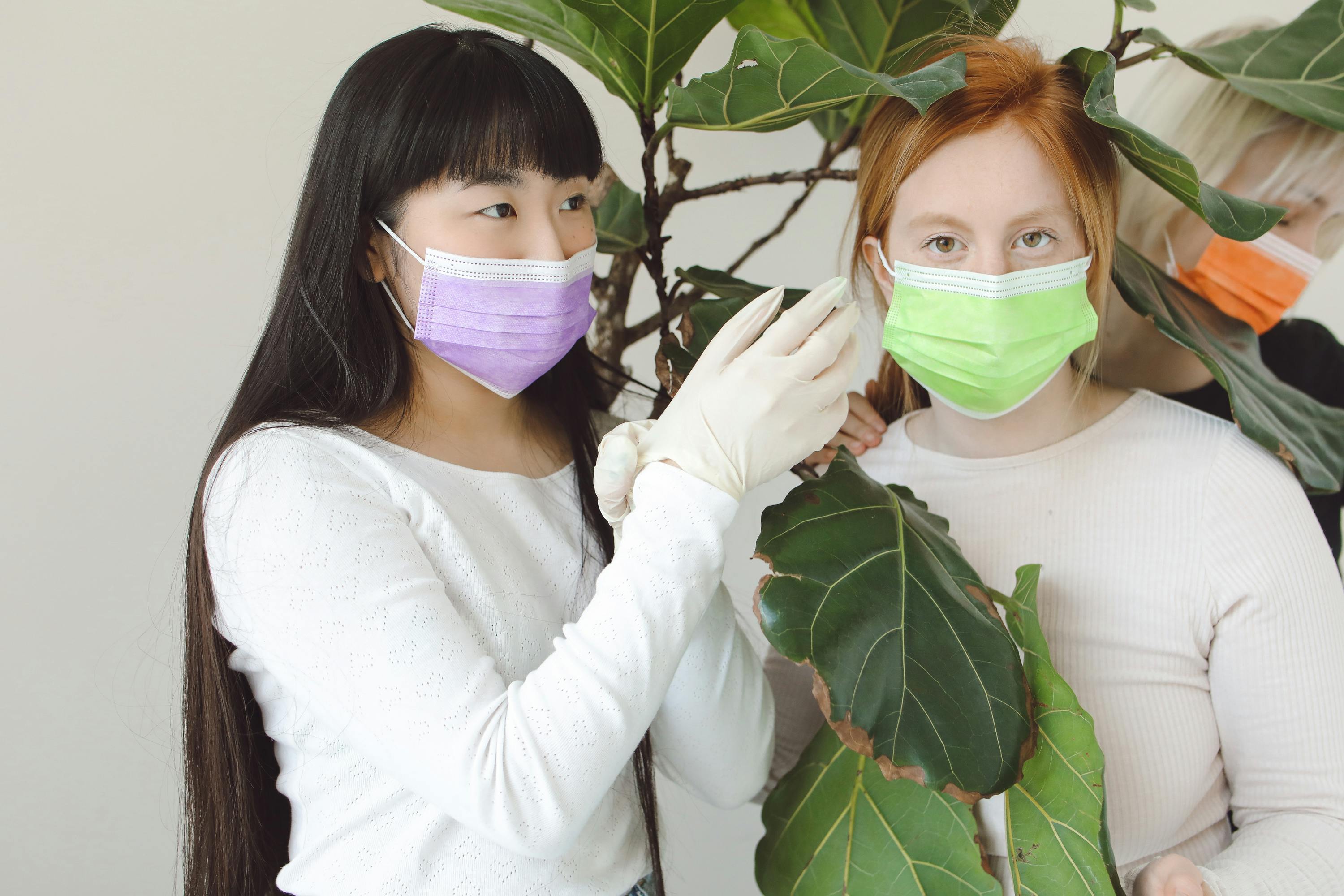Plant Needs
Each plant species has unique requirements concerning light, water, soil, and temperature. Research the specific needs of your plants to provide optimal care. For indoor plants, consider the natural light conditions of your space and choose plants that will thrive in those conditions. Outdoor plants should be selected based on your climate, soil type, and sun exposure.

Light is crucial for photosynthesis and overall plant health. Plants typically fall into three categories based on their light needs: full sun, partial sun/shade, and low light. Full-sun plants need at least 6-8 hours of direct sunlight daily, while partial sun/shade plants require 3-6 hours. Low-light plants, often used indoors, can thrive in indirect light or low light conditions. Ensure your plants are placed in appropriate locations to meet their light requirements and adjust their placement as seasons change.
Watering
Watering is one of the most critical aspects of plant care. Overwatering can lead to root rot, while underwatering can cause dehydration and stunted growth. The key is to water according to the needs of the plant and the conditions of its environment. Check the soil moisture regularly by inserting your finger about an inch deep. If the soil feels dry, it's time to water. For outdoor plants, water early in the morning to reduce evaporation and allow foliage to dry before evening to prevent fungal diseases.
Soil Quality
Healthy plants require well-draining soil that provides the necessary nutrients. For garden plants, amend your soil with organic matter such as compost to improve texture and fertility. Indoor plants benefit from high-quality potting mix designed for their specific needs, such as succulent or orchid mixes. Regularly check soil quality and refresh or replace it as needed to ensure proper drainage and nutrient availability.
Fertilization
Plants need a balanced supply of nutrients to grow strong and healthy. Fertilizers provide essential nutrients such as nitrogen, phosphorus, and potassium. Use slow-release fertilizers or liquid feed according to the plant's growth cycle and needs. Be cautious not to over-fertilize , as this can lead to nutrient imbalances or damage to the plant. Follow the recommended guidelines on the fertilizer packaging and adjust based on the plant's performance.

Pruning and Deadheading
Pruning helps maintain the shape and health of plants by removing dead, damaged, or diseased parts. It also promotes airflow and light penetration, reducing the risk of fungal infections. Prune plants during their dormant period or after flowering, depending on the species. Deadheading , the process of removing spent flowers, encourages many plants to produce more blooms and prevents self-seeding, which can lead to overcrowding.
Pest and Disease Control
Monitoring for pests and diseases is crucial for plant health. Common pests include aphids, spider mites, and mealybugs, while diseases can range from fungal infections to bacterial issues. Inspect your plants regularly for signs of trouble such as discolored leaves, spots, or unusual growth. Use integrated pest management (IPM) strategies, including natural predators, organic insecticides, and proper sanitation, to address problems. Early intervention is key to preventing severe infestations or spread of diseases.
Temperature and Humidity
Temperature and humidity levels can significantly impact plant health. Most plants have a preferred temperature range and thrive within specific humidity levels. Indoor plants generally prefer stable temperatures and higher humidity. Grouping plants together or using a humidifier can help maintain adequate humidity levels. Outdoor plants should be chosen based on their tolerance to local climate conditions. In colder climates, provide winter protection for sensitive plants with mulching or coverings.
Reporting

Repotting is necessary when plants outgrow their containers or when the soil becomes depleted. Signs that a plant needs repotting include root emergence through drainage holes, stunted growth, or poor water absorption. Choose a pot that is 1-2 inches larger in diameter than the current one and use fresh potting mix. Gently remove the plant from its old pot, loosen any tightly bound roots, and place it in the new pot. Water thoroughly after repotting to help the plant acclimate.
Seasonal Care
Adapting your care routine to the changing seasons is essential for plant health. In spring and summer, plants generally require more water and nutrients due to increased growth rates. In autumn and winter, reduce watering and halt fertilization for many plants as they enter a period of dormancy or slower growth. Adjust your care practices based on the seasonal needs of your plants to ensure they remain healthy year-round.
Regular Inspection and Maintenance
Consistent inspection and maintenance are key to preventing and addressing issues before they become severe. Regularly check for pests, disease symptoms, and overall plant condition. Clean dust from leaves and prune as necessary to maintain plant health and appearance. Keeping a garden journal or plant care calendar can help track important tasks and observe changes in plant health over time.


